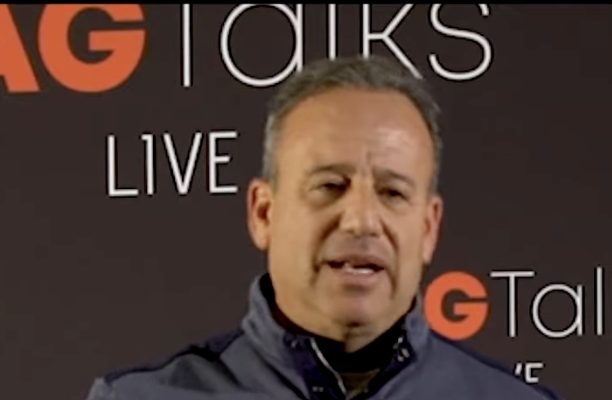What if, instead of fixating on what scares us, we simply identified how we react to fear? This shift in perspective has been transformative for me.
Recognizing Fear’s Disguises
Fear doesn’t always show up as trembling or hiding under the covers. More often, it manifests as emotional reactions we might not immediately connect to being afraid:
- When I feel angry or pissed off
- When I take offense at something someone says
- When anxiety creeps in about future outcomes
- When worry consumes my thoughts
- When frustration boils over in challenging situations
- When guilt or resentment lingers in my mind
These emotional states aren’t separate issues—they’re all reactions to underlying fear. The beauty of this realization is its simplicity: you know instantly when you’re experiencing these emotions. No therapist needed for that recognition.
The Time Factor in Fear Response
What most people miss is understanding the role of time and resistance in their fear response. Many of us create distance between ourselves and our potential by spending most of our time stuck in reactions to fear rather than addressing the fear itself.
I’ve learned that fear is omnipresent—we will always be afraid of something. That’s part of the human condition. But there’s a critical distinction between fear itself and how we react to it.
When I feel myself getting defensive in a meeting, I can now recognize: “This is just a reaction to fear.” When I procrastinate on an important project: “This is just a reaction to fear.” When I avoid difficult conversations: “This is just a reaction to fear.”
Fear is omnipresent. You’ll always be afraid. But it’s the reaction to fear and understanding that.
Breaking the Cycle
By identifying these reactions as they happen, I’ve been able to shorten the time I spend in unproductive emotional states. Instead of dwelling in anger for hours or days, I can recognize it as a fear response and address the underlying concern much faster.
This doesn’t mean I’ve stopped going to therapy or abandoned personal development work. Rather, I’ve found a practical, everyday tool that complements that deeper work. It’s something I can apply in real-time, without needing to schedule an appointment or read another chapter.
A More Effective Approach
My advice is straightforward: don’t waste your life obsessing over every fear. Instead, become an expert at recognizing your reactions to fear as they happen. These reactions are the real barriers between you and your potential.
When you feel yourself reacting with anger, offense, anxiety, worry, frustration, guilt, or resentment, pause and acknowledge: “This is a reaction to fear.” Then ask yourself: “What am I actually afraid of in this situation?”
This simple practice has helped me reduce the time I spend in negative emotional states and move more quickly toward productive solutions. It’s not about eliminating fear—that’s impossible. It’s about managing our relationship with fear more effectively.
By focusing on our reactions rather than trying to eliminate fear itself, we can live more authentically and spend less time trapped in emotional patterns that hold us back. This approach doesn’t require special training or expensive therapy—just honest self-awareness and the willingness to see our emotional reactions for what they truly are.
Frequently Asked Questions
Q: Does this mean therapy isn’t valuable for dealing with fear?
Not at all. Therapy remains incredibly valuable, especially for processing deeper trauma. What I’m suggesting is a complementary daily practice that helps you manage fear responses in real-time, between therapy sessions. Both approaches work together for optimal mental health.
Q: How quickly can I expect to notice my fear reactions?
With practice, you’ll start noticing your reactions almost immediately. The emotions themselves—anger, anxiety, frustration—are obvious. The key insight is recognizing them as fear responses rather than treating them as separate issues. This recognition can happen instantly once you train yourself to make the connection.
Q: What’s the next step after identifying a fear reaction?
Once you’ve identified a reaction as fear-based, ask yourself what you’re actually afraid of in that situation. Is it rejection? Failure? Loss of control? By naming the specific fear, you reduce its power and can address the root cause rather than just managing the symptoms.
Q: Can this approach help with chronic anxiety?
While this approach can help manage anxiety by increasing awareness of your reactions, chronic anxiety may require additional support. Use this method alongside professional treatment, not as a replacement. The benefit is that you’ll become more aware of your anxiety patterns, which can make therapeutic interventions more effective.
Q: How do I stop dwelling in fear reactions once I’ve identified them?
Acknowledgment is the first step. Once you’ve recognized a fear reaction, take a deep breath and consciously choose a different response. This might mean pausing before responding to someone who’s triggered you, or redirecting your energy toward productive action rather than worry. With practice, you’ll reduce the time spent in reactive states.







